KSC Crawlerway Improvements Pave The Way For Future Space Missions
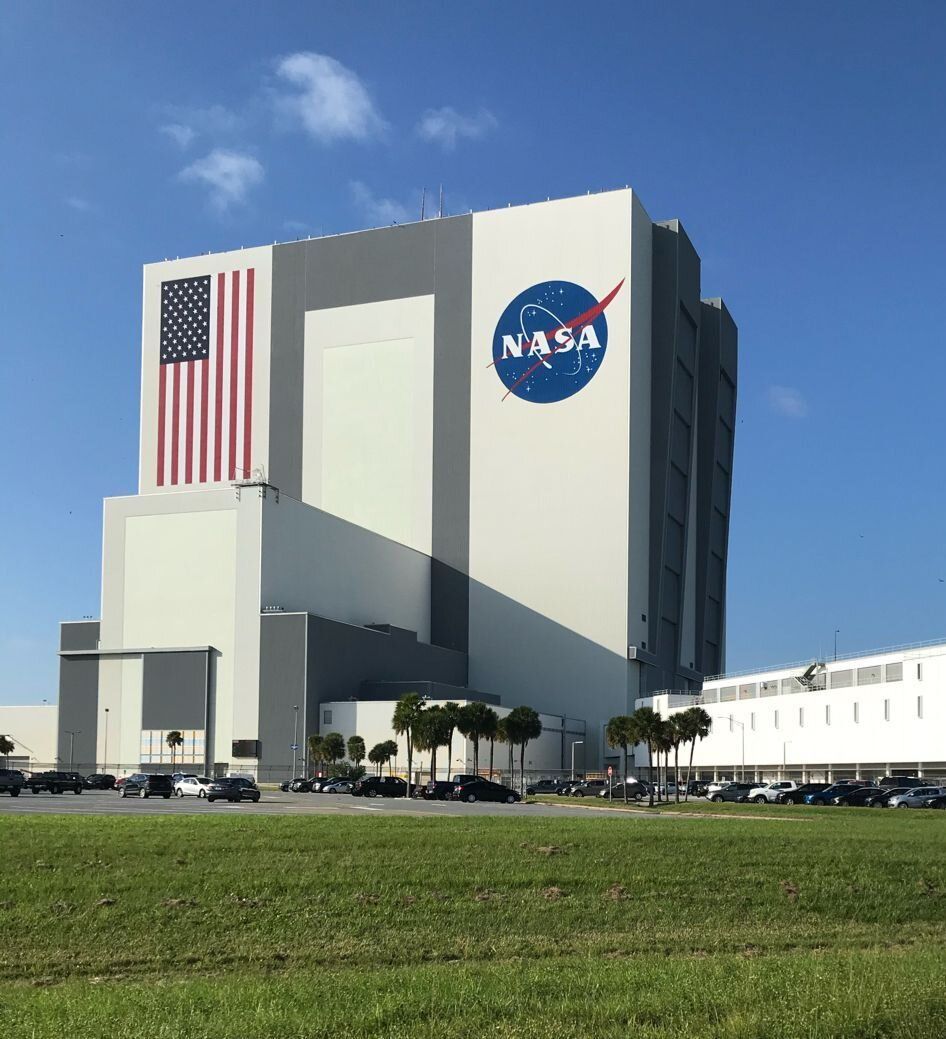
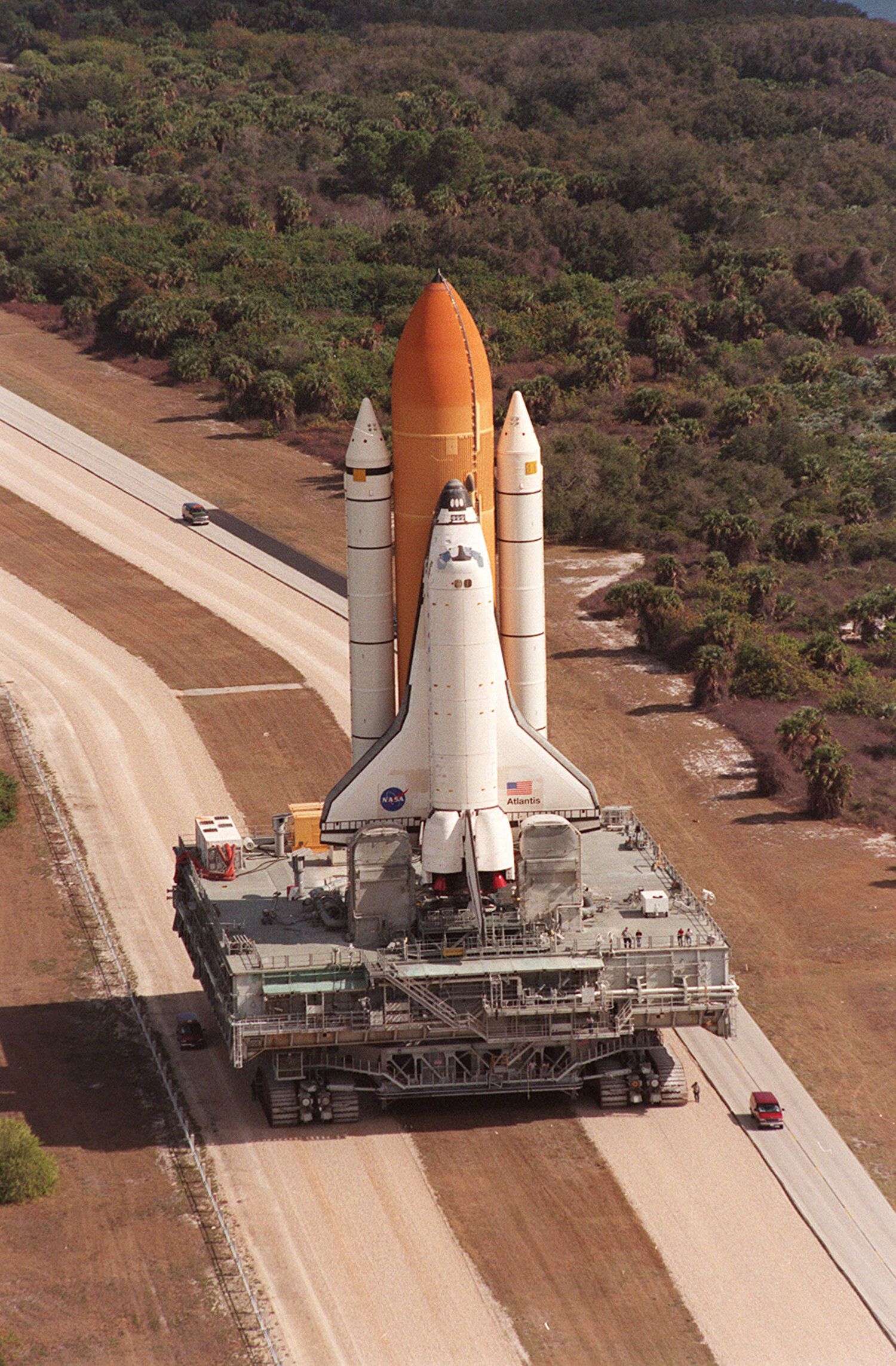
![]()
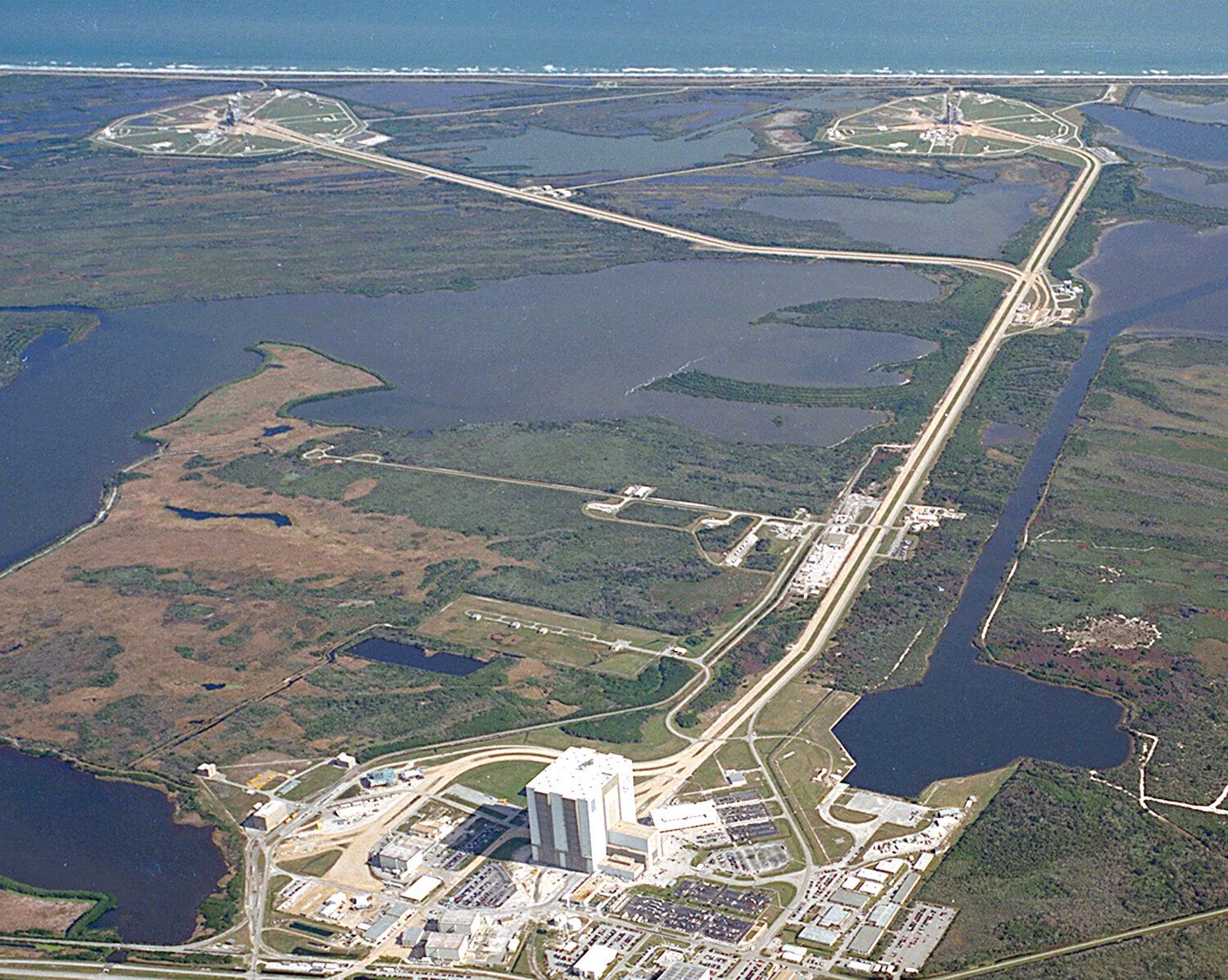
NASA’s Kennedy Space Center (KSC) has a rich history of launching space exploration missions which have reached unexplored worlds and proved that the sky is not the limit. KSC includes unique facilities, equipment and structures designed to allow assembly and transport of the massive rockets and payloads to the launch site. The two main launch complexes on Merritt Island, Launch Complex 39 A and B, have continued to be used by the National Aeronautics and Space Administration since the 1960s when they were built to launch the Saturn V rocket and spacecraft modules during the Apollo missions.
The Apollo Missions required the construction of specialized buildings and equipment including the Vertical Assembly Building (VAB), the Transport Crawlers, and the Mobile Service Structure. The VAB is where the multi-stage rockets and the spacecraft payloads are assembled and prepared for launch. Once assembled, the rockets must be transported to the launch site. The fully assembled rocket and spacecraft module can exceed a staggering 363’, about 60’ higher than the Statue of Liberty, and weigh over 6 million pounds (2.8m kg). In 1965, NASA built a pair of Crawler-Transporters to move the Saturn V rocket and Command and Service Module (CSM). Each of the Crawlers are the size of a baseball infield and weigh over 6 million pounds and currently hold the record for largest self-powered land vehicle in the world. After the rocket is placed on the launch pad, the 10.49-million-pound Mobile Service Structure (MSS) was transported to the launch site to allow technicians to attach umbilical connections to the pad and complete final inspections. The buildings, crawlers and support structures have continued to be used and serviced for over 50 years since their debut.
November 2021 is the projected launch date of the next generation Artemis missions. The Artemis Missions will continue to push space exploration to new heights culminating in a human mission to mars. To prepare for the next generation missions, the Kennedy Space Center is implementing improvements to their facilities and equipment. NASA has upgraded the Crawlers and is renovating areas of the Crawlerway to transport the new rockets, called Space Launch System (SLS), which will have a larger payload capacity than any previous rocket.
KSC Crawlerway Restoration
The dual road route, called the Crawlerway, was built to support the massive weight of the Crawler, the fueled rocket, and spacecraft modules. Composed of two 40’ wide lanes separated by a 50’ median, the routes to LC39A and LC39B stretch 3.4 miles and 4.2 miles, respectively. The top layer of the lanes consists of spark-resistant Tennessee River Rock which is up to 8” in depth. Below the River Rock, there is 6.5’ of gravel and fill that is designed to help support the weight of the Crawler. Renovations are underway to upgrade and repair the Crawlerway and facilities which includes the removal of a building that was used to store the decommissioned Mobile Service Structure (MSS). These Crawlerway improvements will ensure that the SLS and other commercial missions can be safely transported to the LC-39 launchpads.
Water: A Valued Resource
NASA’s history of innovation stretches far beyond space exploration. Aviation, weather observation, fire reporting, agriculture, biological sciences, and medical science, are just a few areas that NASA contributes information, technology, and resources. Ground-based science uses the information from the International Space Station and other satellites to help manage and preserve our natural resources.
No one knows better than NASA how essential water is for supporting life, and as they conduct repairs, the Administration takes every precaution to protect the quality of the water in the surrounding surface waters. Demolition contractors removing the MSS holding building have installed FODS mats on the Saturn Causeway to contain debris and contaminants within the jobsite. FODS mats offer best-in-class performance over traditional sediment, FOD removal or FOD prevention techniques. The recent installation of FODS on the Crawlerway Rehab Project demonstrates NASA’s attraction towards innovative technologies that provide solutions to challenges both new and old.
FODS At The Kennedy Space Center
![]()
The FODS Reusable Construction Entrance System is a reusable replacement for traditional rock construction entrances. The system works by deforming tires as vehicles pass over the pyramids on the tops of the mats releasing debris trapped in tire treads. Foreign Object Debris (FOD) and sediment falls to the base of the pyramids away from subsequent vehicle tires. This modern, reusable system can be deployed in as little as 30 minutes over asphalt, concrete, or soil. Using FODS helps contractors stay compliant with NPDES requirements and helps reduce costs of construction entrance installation, maintenance and removal. Being a rockless system, the composite mats provide a solution for sensitive areas where introducing rocks poses a safety or environmental risk. With FODS, contractors prevent debris from entering high FOD risk areas and keep construction sites safe and compliant.
Special thanks to Eric Smith with Ferguson Waterworks for supplying the FODS Reusable Construction Entrance Mats on this project.
About FODS
Based in Englewood Colorado, FODS Trackout Control System replaces ineffective and costly traditional rock stabilized construction entrances, saving you valuable time and money. Our proprietary mat design works to effectively remove mud and sediment from your vehicle tires without damaging the tire or the ground’s surface. We provide the only durable, reusable, and environmentally friendly trackout control system currently available on the market. FODS Trackout Control Mats are 100% Made in the USA and are reusable and recyclable.



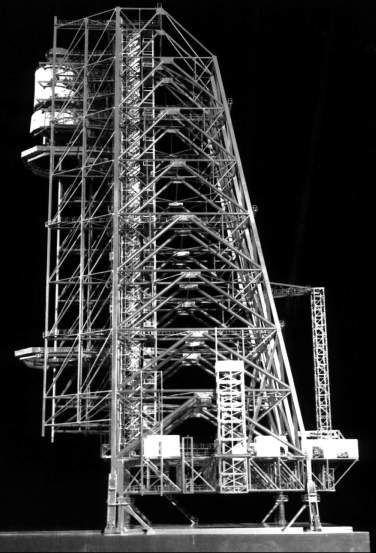
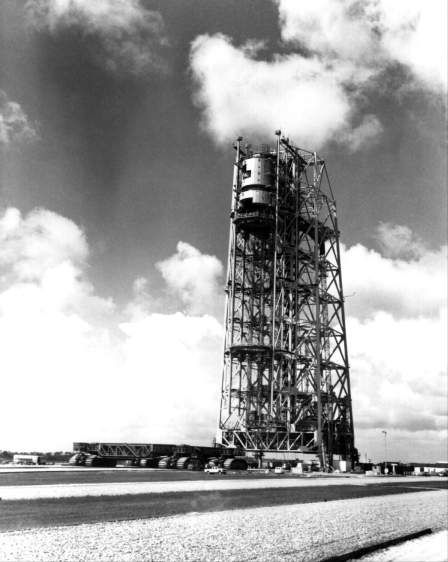
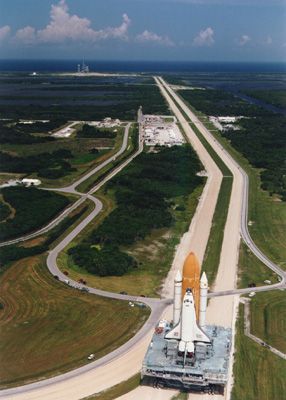
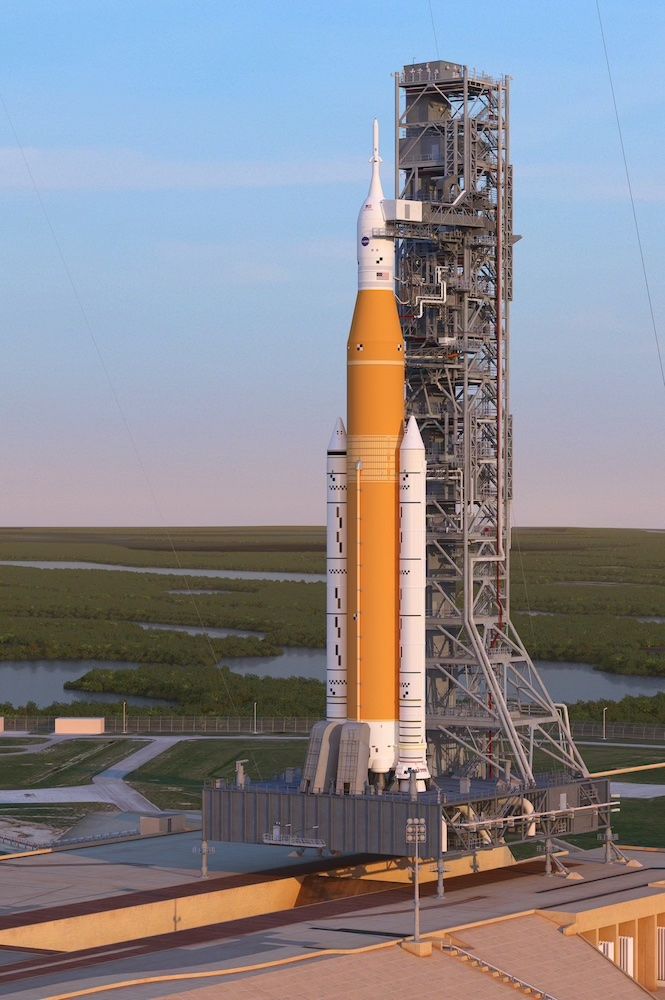
ABOUT FODS, LLC.
Based in Englewood Colorado, FODS Trackout Control System replaces ineffective and costly traditional rock stabilized construction entrances, saving you valuable time and money. Our proprietary mat design works to effectively remove mud and sediment from your vehicle tires without damaging the tire or the ground’s surface. We provide the only durable, reusable, and environmentally friendly trackout control system currently available on the market. FODS Trackout Control Mats are 100% Made in the USA and are reusable and recyclable.
